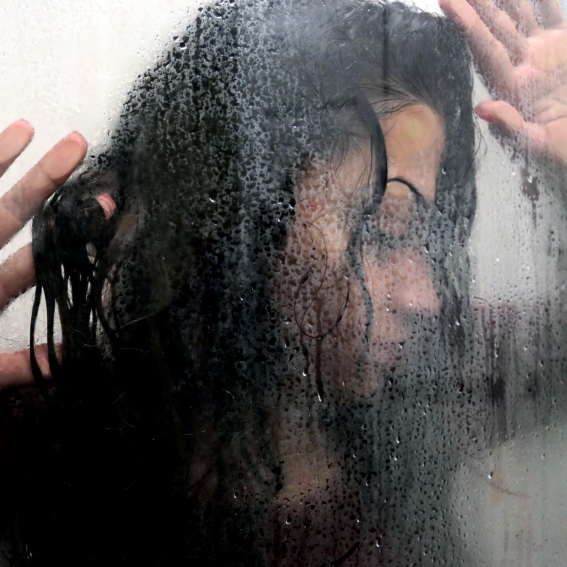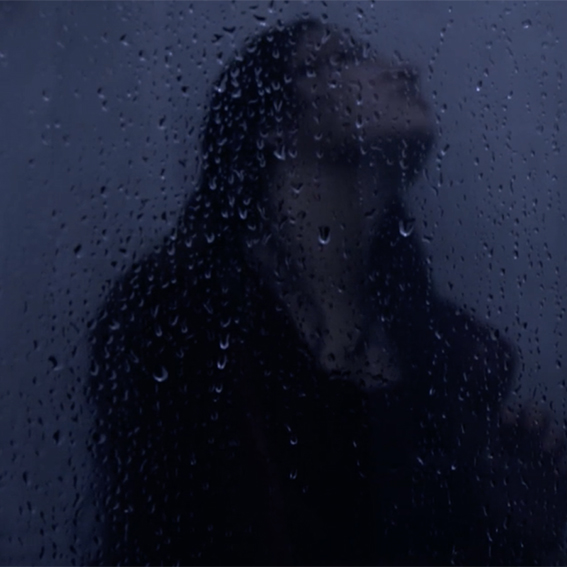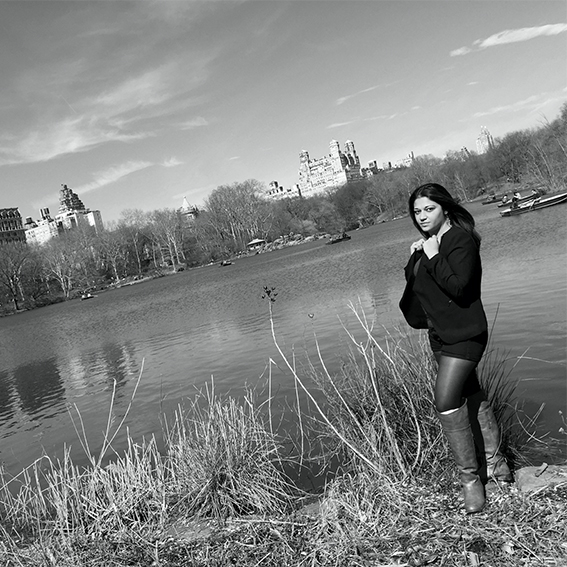International Photographic Prints On Clear Acrylic
By Belinda Mason
Exposure to violence can normalise the situation for the perpetrator, victim and the audience. Silent Tears intentionally maintains a constant pressure through its curatorial approach. Each woman was photographed by each of the three artists. The viewer first sees Denise’s documentary black and white photographs, which illustrate the everyday lives of the women. They are portrayed at home, with family or friends, in scenes that are familiar to us all. Beside each image, each individual story can be read, and as the viewer does so, they can hear the eerie sound of water and chimes.
The viewer moves into the second part of the exhibition, where artist, Belinda has focused on the moment when silent tears fall. These are internal portraits rather than external ones. The photographs are produced as large suspended images, which freeze the moment capturing the viewer within it. The transparent materials, on which the images were printed, reflect the invisible yet visible nature of violence against women. As the viewer walks around the artworks, they can hear each woman speak the words that were read earlier.
In the multi-screen video installation by artist Dieter, the still portraits come alive and the viewer can see and hear all the women move and speak at once along with the sounds of the water and chimes. This is significant, as, if women were to stay silent, they would remain voiceless. Without their stories heard, they are invisible. For those who listen, it is also hard, especially when the stories are difficult to hear and often impossible to imagine.
Film and photography have a well-regarded role in bringing the plight of silent victims into focus, providing a powerful opportunity for understanding and action. Bearing witness to the realities of lives of these women should be uncomfortable and challenging for audiences. When women with disability find the courage to speak about the violence that they have experienced, they often find themselves forgotten or simply left out of the conversation. Silent Tears gives them the opportunity to tell you exactly how they feel.
Silent Tears has touched many raw nerves, and support has been made available for the viewers, participants and artists. The images that we have created, are shown in the community where the participants live, shining a torch into the dark corners that many would prefer no light was shed. The images do not portray violence, but they don’t need to, instead they captivate you with a familiar intimacy before revealing a hidden truth.
It is important to break the silence concerning the topic of violence against people with disability, and particularly the topic of violence against women with disability, as the silence exacerbates naivety. It would be naive to think violence doesn’t happen to people with disability and it is even more naive to think violence doesn’t create disability.
Silent Tears creates the opportunity for the violence that women with disability experience to be acknowledged, and to create a bridge for people to begin a journey of realisation that violence does cause disability. Silent Tears unites all women who have been subjected to violence in the realisation they are not isolated in their experience of violence.
Silent Tears reaches out and is inclusive of people, who identify as; Indigenous, culturally and linguistically diverse, people with disability, lesbian, gay, bisexual, transgender, intersex and queer people, youth and older people. The exhibition provides a focal point for discussion, education and awareness raising – providing the impetus for social change.


